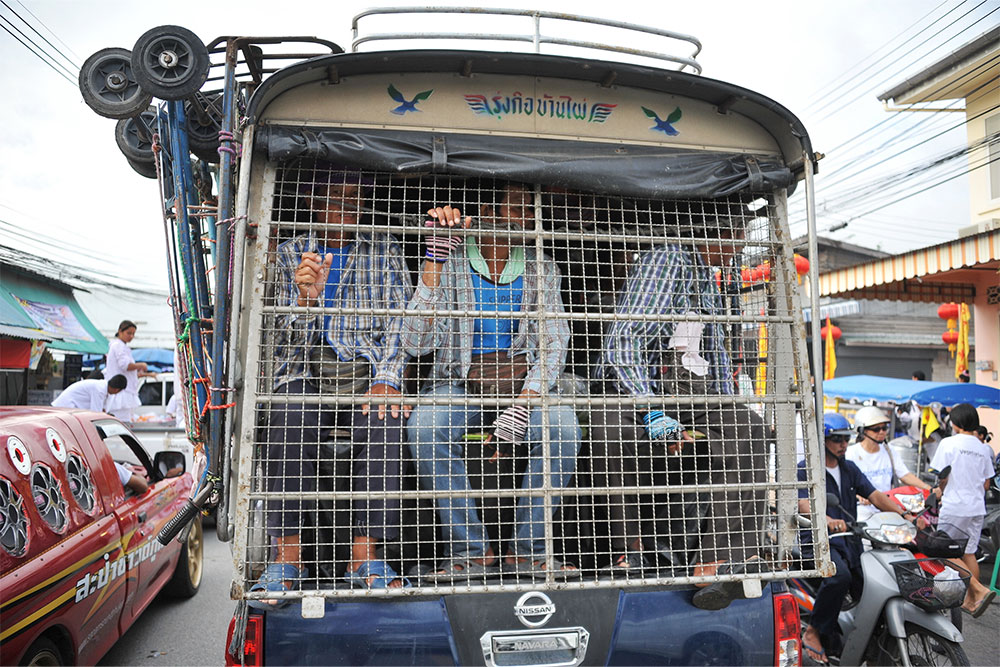
Your organisation has invested considerable time, energy and financial resources into building your enterprise. If a fire were to break out on your premises, would your organisation and its people be adequately protected?
Fire protection measures are designed to limit the damage should the worst happen. If you own a property, or are an employer or building manager it’s important you understand what these are. This article looks at active vs passive fire protection and explains how you can use these measures to increase fire safety.
What is the Difference Between Active and Passive Fire Protection?
If you own or operate a business in the UK, you need to be sure that you have adequate fire protection for your premises. As well as being a crucial part of fire safety, fire protection measures are also a legal requirement. However, it can be difficult to choose the right type of fire protection for your business.
The first step in setting up a fire protection system is to understand the different types of firefighting equipment and how they are used. There are two separate categories of fire protection: Active fire protection measures and passive fire protection measures.
What are Active Fire Protection Measures?
Active fire protection measures are so named because they take direct action to fight a fire. This action can be a person that uses a piece of equipment to manually put out a fire or it could be an automatic system that warns when a fire has started. Active fire protection measures are usually highly visible in a building.
There are three categories of active fire protection:
- Detection: Systems that alert the occupants of a building to the presence of fire or smoke.
- Suppression: Equipment that assists the occupants of a building in putting out a fire or stopping it from spreading.
- Evacuation: Measures that allow occupants to exit a building safely and measures that clear smoke from rooms and hallways.
Examples of Common Active Fire Protection Measures
Active fire protection measures are what most people commonly think of when they envision firefighting equipment. The most common forms of active fire protection measures are:
- Fire extinguishers
- Fire hoses
- Fire alarms
- Smoke detectors
- Sprinkler systems
- Automatic ventilation systems
- Emergency lighting
- Communication systems
The common element in all of these measures is that some form of action must happen for them to operate. This may be a manual action or an automatic action.
Active fire protection measures are crucial in an emergency, but on their own, they do not completely protect a building and its occupants. A sufficient level of protection is only achieved with the integration of passive measures.
What are Passive Fire Protection Measures?
Passive fire protection measures are measures that control or limit the spread of fire by design – and do not require any action. They give people time to evacuate a building or reach a fireproof area safely.
Passive fire protection are usually structural elements that must be manufactured and installed according to safety standards.
Because they contain the spread of a fire and smoke in certain areas, passive fire protection measures make it easier for emergency responders to put out the fire. While passive fire protection measures do not require ‘action’, they do need to be regularly inspected, tested and maintained to ensure they are in working order.

Examples of Common Passive Fire Protection Measures
These injuries are common and include injuries to the back, neck, arms, feet and hands, as well as cuts, bruises, sprains and strains. Any injury that affects the bones, joints or muscles is classified as a work-related musculoskeletal disorder (WRMSD). The effects of WRMSDs are not always immediately apparent and may develop over many years. WRMSDs can be short or long-term.
Passive fire protection measures can be built into a building during its initial construction, or they may be added at a later date. Common passive fire protection measures include:
- Fire doors
- Fire curtains
- Fire retardant walls
- Fire-resistant floors
- Smoke baffles
- Fire-resistant glass partitions
- Photoluminescent markers
- Compartmentation barriers
- Intumescent fireproofing
- Fire safety signage
As they require no human intervention to operate, it is common for people to overlook the importance of passive fire protection. Unfortunately, these measures are often not maintained properly and fall into disrepair. However, passive fire protection is an essential line of defence against fire and can be instrumental in saving lives and protecting property.
Your Obligations Under the Law
Business owners must abide by the guidelines outlined in the Regulatory Reform Fire Safety Order 2005 (RRO). Any businessperson who is not adhering to these regulations is putting their property and the lives of their staff at risk. If you are found in breach of the RRO, you could face unlimited fines and even be sentenced to a term of imprisonment.
Under the RRO, a business owner must:
- Conduct regular fire risk assessments
- Install and maintain active fire protection measures, such as fire extinguishers
- Install and maintain passive fire protection measures such as fire doors and fire signage
- Provide fire safety training for all staff members
Active vs Passive Fire Protection – Which One is More Effective?
Ideally, a business should have both passive fire protection measures and active fire protection measures. Although active and passive measures operate independently of one another, a mixture of both will provide your business with the highest level of protection from fire.
It’s also your legal responsibility as the owner of a business to ensure that you have adequate fire protection systems installed.
More than 24,800 fires occurred in business premises in the UK between 2021 and 2022, according to figures from the UK government. Approximately 60% of businesses will not be able to recover after a fire, as shown by statistics compiled by the London Fire brigade.
These figures show that it’s incredibly important for all business owners to install the most effective fire protection measures they can.
How to Sign Up for Online Fire Safety Training
Fire safety training will give your team the skills they need to use, inspect and maintain active fire protection and passive fire protection measures effectively.
Sign up for online fire safety training with Human Focus. Our Fire Awareness Training course provides participants with a full understanding of workplace fire risks and teaches them how to implement safety measures.
This course can be taken as one session or as segments to better fit with work schedules. Upon successful completion, trainees will be awarded a downloadable printable certificate. Keep your workplace fire safe. Sign up for Human Focus fire safety training today.


























































































































































































































































































































































































































































































































































































































































































































































